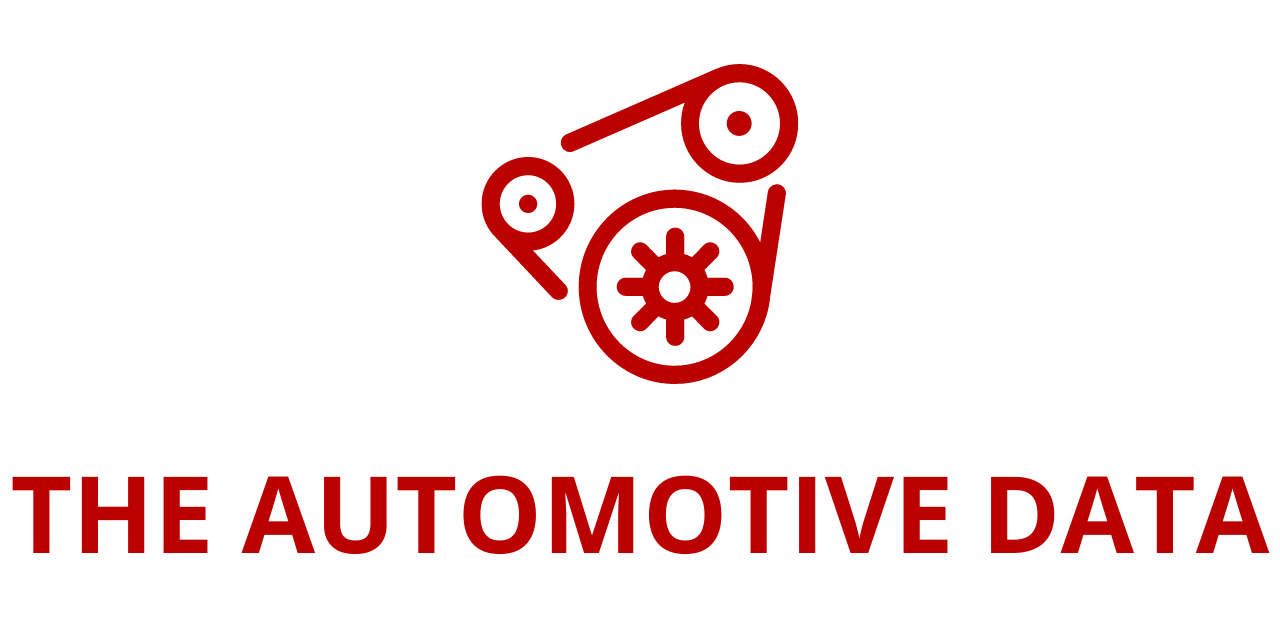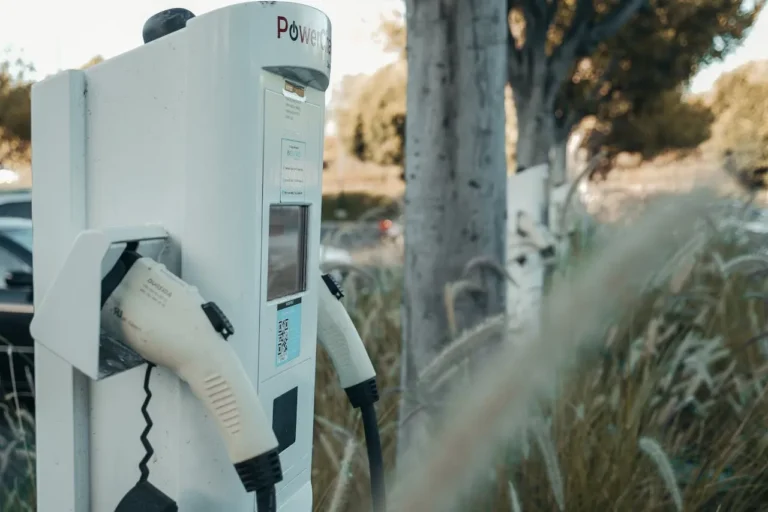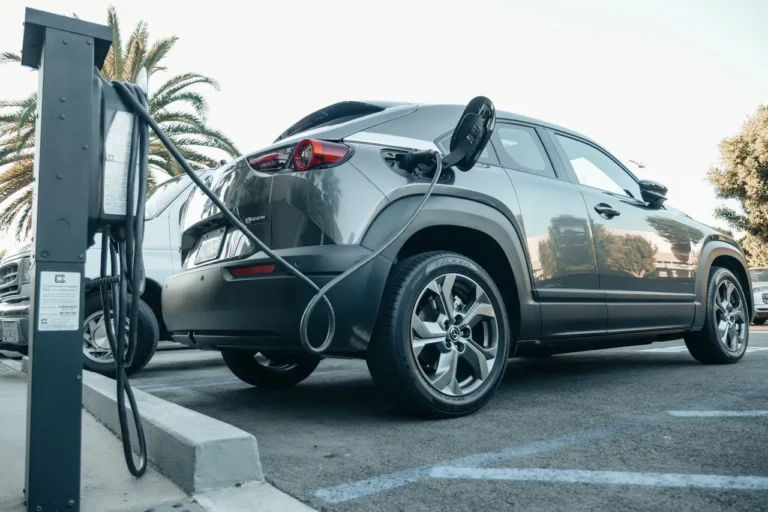
The “Electric Vehicle Battery Reuse and Recycling Market” report has been added to ResearchAndMarkets.com’s offering. The market, valued at USD 8 billion in 2024, is projected to surge to USD 28.1 billion by 2029, with a compound annual growth rate (CAGR) of 28.5%.
Growing Momentum in EV Battery Recycling
EV Battery The rise in electric vehicle (EV) adoption worldwide has spurred significant growth in the recycling of lithium-ion batteries (LIBs), which are widely used in EVs. Advances in LIB technology, such as increased battery capacity and energy density, are crucial to meeting consumer demands for high-powered, cost-efficient solutions. These developments not only improve LIB systems but also create substantial opportunities in the realm of electric mobility, driving the growth of the EV battery reuse and recycling market.
Market Dynamics and Growth Drivers
The increasing global adoption of EVs has led to a surge in demand for LIBs, resulting in a corresponding rise in end-of-life (EOL) batteries that require effective recycling and reuse solutions. Market growth is heavily tied to EV sales. According to the International Energy Agency’s (IEA) Global EV Outlook 2024 report, global sales of electric cars reached 14 million in 2023 and are expected to exceed 17 million in 2024. This growing trend will inevitably lead to a parallel increase in battery recycling activities.

Governments across the globe are introducing stringent regulations to minimize the environmental impact of battery disposal and promote sustainable practices. For instance, the European Union’s Battery Directive mandates recycling and sets targets for recovering valuable minerals such as lithium, cobalt, and nickel. These regulatory frameworks incentivize manufacturers and consumers to adopt recycling techniques, further fueling market expansion. However, challenges such as safety concerns during the transportation and storage of used batteries pose obstacles to market growth.
Emerging Technologies and Innovations
Innovative recycling technologies are reshaping the industry. In 2023, Swedish researchers introduced a breakthrough method using oxalic acid to recover 100% of aluminum and 98% of lithium from EV batteries. This eco-friendly process minimizes material loss while eliminating the need for hazardous chemicals typically used in traditional recycling methods. Additionally, the shift toward a circular economy is pushing battery manufacturers to design products that are easier to disassemble and incorporate recycled components, ensuring sustainability throughout their lifecycle.
Segment Analysis
Battery Types
Lithium-ion batteries dominate the EV battery reuse and recycling market due to their widespread use in clean energy technologies and the valuable materials they contain.
Recycling Processes
Among recycling methods, hydrometallurgy leads the market because of its high recovery rates and low energy consumption compared to other techniques like pyrometallurgy.
EV Types
Battery Electric Vehicles (BEVs) account for the largest market share as they offer superior fuel efficiency and longer electric ranges compared to hybrids, making them ideal for extended journeys.
Sources
The passenger car segment leads the market, driven by the growing number of electric cars globally. Other sources include commercial vehicles and two- and three-wheelers.
Report Scope and Insights
The report provides an in-depth analysis of various battery types, including LIBs, nickel-metal hydride batteries (NiMH), and lead-acid batteries (LABs). It explores multiple recycling processes such as hydrometallurgy, pyrometallurgy, and mechanical or direct methods. The study also examines EV categories like BEVs, hybrid electric vehicles (HEVs), and plug-in hybrid electric vehicles (PHEVs), while excluding fuel cell electric vehicles (FCEVs), which remain in the nascent stage.
Regional Insights
The report includes a comprehensive regional analysis, covering North America, Europe, Asia-Pacific, and the Rest of the World (South America, the Middle East, and Africa). It highlights emerging markets and their growth potential.
Competitive Landscape
The report profiles leading players in the market, such as Guangdong Brunp Recycling Technology Co. Ltd., GEM Co. Ltd., Umicore, Glencore, and Li-Cycle Corp. It also examines strategic developments, mergers and acquisitions, and collaborations among these companies.
Sustainability and ESG Developments
Sustainability is at the forefront of the EV battery reuse and recycling market. The report includes a dedicated chapter on environmental, social, and governance (ESG) initiatives, exploring consumer attitudes, ESG score analysis, and case studies of successful implementation by companies such as Eramet, Fortum, and Glencore. Key trends include the growing demand for energy storage solutions using repurposed batteries and ongoing research to enhance recycling efficiency.
Key Features of the Report
The report comprises:
- 48 data tables and 51 additional tables.
- Analyses of global market trends with revenue data from 2023, estimates for 2024, and forecasts through 2029.
- Insights into market dynamics, regulatory frameworks, and macroeconomic factors.
- A detailed patent analysis and an overview of emerging technologies like artificial intelligence, nanotechnology, and 3D printing.
- Competitive intelligence, including market shares, strategic alliances, and venture funding outlook.








